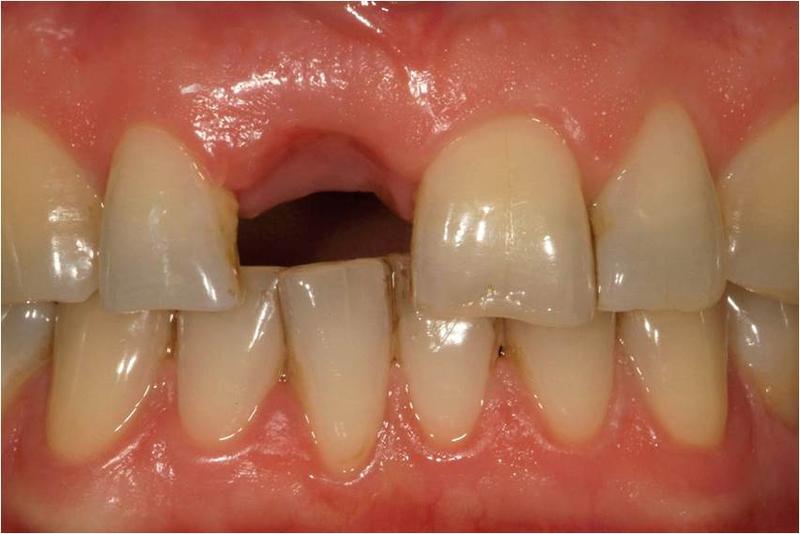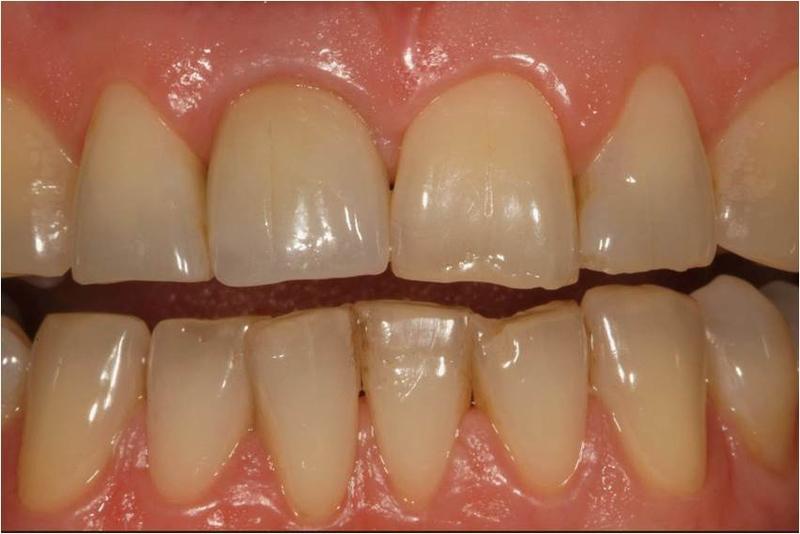-
0
Patient Assessment
- 0.1 Patient Demand
- 0.2 Anatomical location
-
0.3
Patient History
- 2.1 General patient history
- 2.2 Local history
-
0.4
Risk Assessment
- 3.1 Risk Assessment Overview
- 3.2 Age
- 3.3 Patient Compliance
- 3.4 Smoking
- 3.5 Drug Abuse
- 3.6 Recreational Drug and Alcohol Abuse
- 3.7 Condition of Natural Teeth
- 3.8 Parafunctions
- 3.9 Diabetes
- 3.10 Anticoagulants
- 3.11 Osteoporosis
- 3.12 Bisphosphonates
- 3.13 MRONJ
- 3.14 Steroids
- 3.15 Radiotherapy
- 3.16 Risk factors
-
1
Diagnostics
-
2
Treatment Options
-
2.1
Treatment planning
- 0.1 Non-implant based treatment options
- 0.2 Treatment planning conventional, model based, non-guided, semi-guided
- 0.3 Digital treatment planning
- 0.4 NobelClinician and digital workflow
- 0.5 Implant position considerations overview
- 0.6 Soft tissue condition and morphology
- 0.7 Site development, soft tissue management
- 0.8 Hard tissue and bone quality
- 0.9 Site development, hard tissue management
- 0.10 Time to function
- 0.11 Submerged vs non-submerged
- 0.12 Healed or fresh extraction socket
- 0.13 Screw-retained vs. cement-retained
- 0.14 Angulated Screw Channel system (ASC)
- 2.2 Treatment options esthetic zone
- 2.3 Treatment options posterior zone
- 2.4 Comprehensive treatment concepts
-
2.1
Treatment planning
-
3
Treatment Procedures
-
3.1
Treatment procedures general considerations
- 0.1 Anesthesia
- 0.2 peri-operative care
- 0.3 Flap- or flapless
- 0.4 Non-guided protocol
- 0.5 Semi-guided protocol
- 0.6 Guided protocol overview
- 0.7 Guided protocol NobelGuide
- 0.8 Parallel implant placement considerations
- 0.9 Tapered implant placement considerations
- 0.10 3D implant position
- 0.11 Implant insertion torque
- 0.12 Intra-operative complications
- 0.13 Impression procedures, digital impressions, intraoral scanning
- 3.2 Treatment procedures esthetic zone surgical
- 3.3 Treatment procedures esthetic zone prosthetic
- 3.4 Treatment procedures posterior zone surgical
- 3.5 Treatment procedures posterior zone prosthetic
-
3.1
Treatment procedures general considerations
-
4
Aftercare
Benefits and limitations of single implant treatment
Key points
- The application of implants for single-tooth replacements has evolved into a viable surgical and prosthodontic treatment option with reporting of excellent implant survival rates and satisfied patients.
- It is crucial to carefully examine the patient’s expectations, available hard and soft tissues, and available interdental and interocclusal space.
Benefits of single implants
The application of implants for single-tooth replacements has evolved into a viable surgical and prosthodontic treatment option with reporting of excellent implant survival rates and satisfied patients. Psychological benefits of restoring the dental arch with a restoration which resembles a natural tooth are high. Next to this, the conservation of tooth structure of neighbouring teeth is seen as a great advantage.
The success of single-implant therapy is not only determined by high survival rates, but even more by the (long-term) quality of survival, dictated by a mixture of several factors. Preferably, the appearance of the peri-implant soft tissue should be in harmony with the mucosa around the adjacent teeth and the implant crown should be in balance with the neighbouring dentition and with the possibility for good oral hygiene. Another factor is that functioning with the single-tooth restoration is not impaired by pain or problems with chewing and speaking.
Limitations of treatment
In order to provide adequate treatment and meet patient satisfaction, it is crucial to evaluate patient expectations. These expectations normally fall into one or more of four categories: function, comfort, aesthetics and quality of life. The patient interview should elucidate those factors that are of the greatest importance to patient satisfaction with respect to the end result and the time schedule towards accomplishment. Although the end result of single-tooth replacement is often very close to original, patients should be aware that it is never without surgical treatment, that often more than one surgical treatment is necessary and that the whole treatment procedure (surgical and prosthetic) is considerably time-consuming.
Due to several reasons, there could be not enough bone to place the implant in an optimal position. This means that augmentation procedures have to be performed with autologous bone and/or bone substitutes, sometimes in combination with techniques to manipulate and enhance peri-implant soft tissues. A cost-benefit analysis seems relevant in such instances.
Another limitation could be limited space to design a restoration in an anatomical form and in harmony with the neighbouring dentition. This could be the case with migrated and/or erupted teeth next and/or opposing the treatment zone, possibly because some time elapse between extraction of the tooth and restoration. This means an extended plan with sometimes orthodontics or involvement of other teeth in the treatment.

Figure 1: Missing tooth in position 11 (#8 UNIV)

Figure 2: Implant-supported restoration in position 11 (same patient as in Figure 1)
